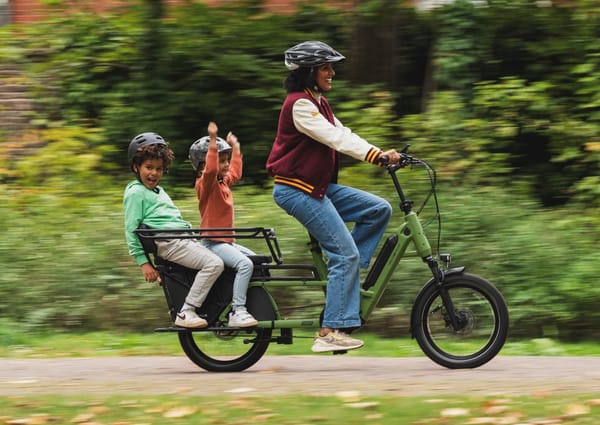Helen Hughes explains why she uses a child-led approach to teaching children to swim
I am passionate about alternative educational methods which involve child-led learning as opposed to strict, rigid adult-led options that the majority of us seem to have available to us.
I formed Mini Water Adventurers to give parents an alternative choice to the way their children can learn to swim. There are many children who struggle with the tick box culture or highly structured lessons, which is why I aim to create an inspiring, fun and free environment which encourages our children to learn in a safe and engaging way.
This is a place where they get to choose what they do and when they are ready to do it. I have been teaching swimming for 30 years and I absolutely love planning creative lessons to engage children during their time in the water. I also provide tips for parents that are not quite sure about what they can offer when they go to the pool during family time.

5 tips to build water confidence
- Go at the speed of your child. Start slow and steady. Children naturally have an inner curiosity about water from a very young age. Some children, however, can take a little longer to warm up to the idea of putting their face in the water, or moving around the pool without you holding them. If they don’t want to do something then roll with that rather than forcing it because you think it's the right thing to do. Learning to swim and having confidence in the water is vital for the safety of your child, but if you push your child too soon it will be a hindrance and the process potentially will take a lot longer. Practising in the bath will build on the foundation of water confidence. My advice is to allow water splashes; don’t worry about wiping away droplets with a towel or flannel. Don’t use a hair washing cap and never forcefully wash their hair (there are positive ways to do this). Above all though, don’t rush bath time. When a child is ready to give things a go, follow their lead; they are showing you the signs of readiness rather than you making those decisions for them.
- Be mindful that children live in the present. How your child responded and what your child did in the water last week may not be the way they behave this week. Most likely the experience will be different next time too. Be prepared for all eventualities. They may cry after being splashed this time or they may not want to swim with you to the deep end this week OR they may want to jump this time or want to swim underwater on your back. Being adaptable and thinking on your feet is really helpful as this will really boost their confidence levels.
- Get consistent. The more exposure your child has to the water on a regular basis, the better. This is why children progress and gain so much confidence so quickly when they go on holiday and use the swimming pool every day for extended periods of time. Going to the pool all year round is highly recommended, rather than just seasonally (for example only going in the summer because it’s warmer). Practice makes permanent and your child will learn quicker with confidence if going swimming is a weekly occurrence rather than on an ad hoc basis.
- Use training aids. Ultimately the goal is for your child to be confidently swimming independently without using any aids. However, the process and journey to get to this stage can be helped along by using a flotation device and other training aids. I have designed a flotation device, called the Orca swim trainer that helps build your child’s confidence when learning to swim. It’s an all in one suit with added buoyancy. It is designed to keep the buoyancy around your child’s torso and allows the arms to remain free to develop the correct swimming stroke. It also provides your child time and freedom to explore and play in a safe way. It is not a lifesaving device therefore an adult must be within arms’ reach of your child at all times. I also recommend a noodle with a connector to use in the water which is fun to use when playing games.
- Have fun. Being in and around the water can be a great family experience. Play games and take toys to encourage your child to swim and move in the water independently. If you get involved as well, as their role model, they’ll mirror you. If you are enjoying yourself and are comfortable splashing and moving around, playing games they’ll gain confidence, seeing you having fun. Put your goggles on and be prepared to go underwater, splash, kick, paddle, blow bubbles with them. Even if you are a little wobbly yourself, stay in the shallow end and mix up the games so that you can feel comfortable and confident. A starter toy kit to take to the pool would be perfect. Singing songs and adding actions to them really helps build courage in the water in a fun way too. For example, you could try singing Humpty Dumpty. When he has a big fall, you could jump your child off the side or take them underwater in the shallow end.
What to take with you to the pool to help build water confidence
Try a bag with: sprinkle cups, a favourite selection of bath toy objects (animals, cars, dinosaurs etc), sinkable toys (dive sticks or hoops etc.) and some sensory balls (perhaps these flash or make a noise when you shake them etc.).
MORE INSPIRATION
READ For more tips about how to build confidence in the water and gain more ideas for when you do go to the pool, go to miniwateradventurers.com







